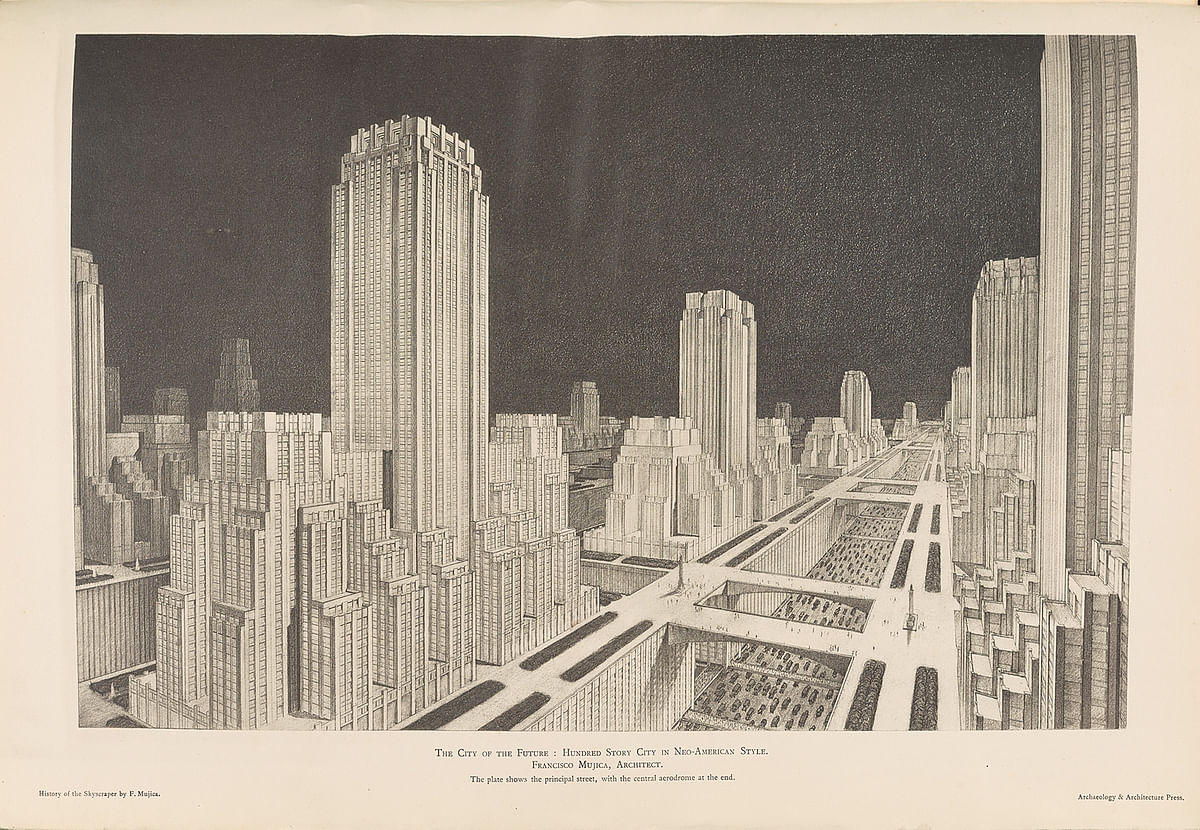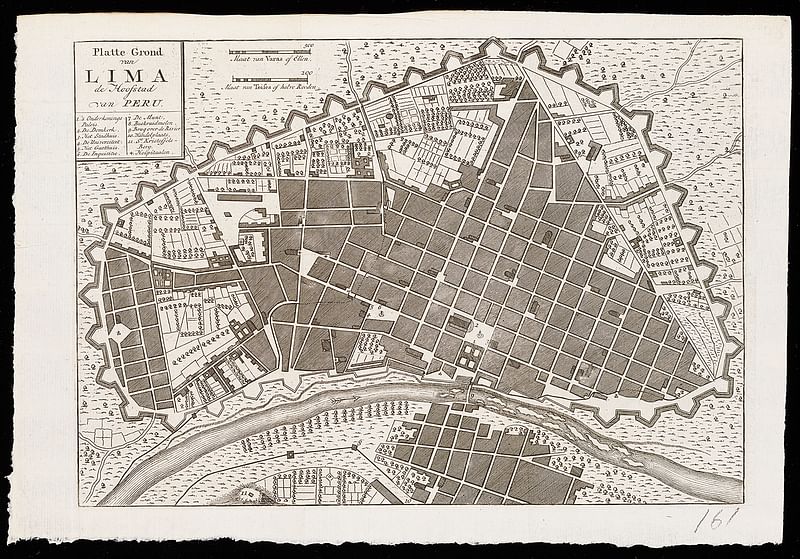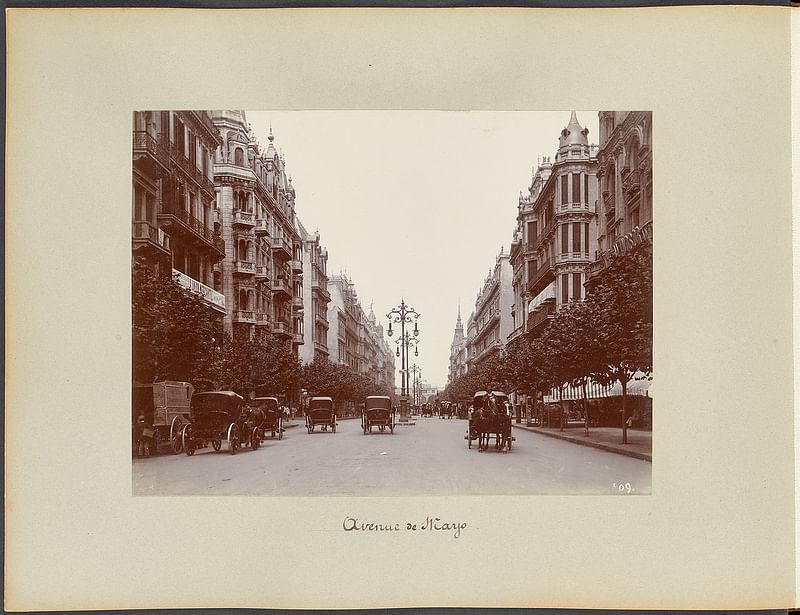
The Getty Research Institute presents The Metropolis in Latin America, 1830–1930
By Noémie Despland-Lichtert|
Tuesday, Sep 5, 2017
Related
The Metropolis in Latin America, 1830–1930, explores the impacts of economic and political changes on the urban fabric and built environment of six Latin American Capitals: Buenos Aires, Havana, Lima, Mexico City, Rio de Janeiro, and Santiago de Chile.

The exhibition is co-curated by Maristella Casciato, curator of architecture and Idurre Alonso, associate curator of Latin American collections, both at the Getty Research Institute.
Divided into seven themes, the Colonial City, Timeline, the Republican City, Spaces for Leisure & Culture, Modern Infrastructure, National Architecture In Context, and Toward Modernism, the objects on display include architectural photography, prints and drawings, plans, maps and more.


The exhibition describes the use of Urbanism and architecture as colonial tools of Spanish imperialism, but also the transformation of capital cities following the independence.
Co-curator Idurre Alonso says: “During the 16th century and for the next three centuries, town planning became a key tool for the colonial enterprise guiding the development of commercially functional and militarily strategic cities.”
The Metropolis in Latin America also explores the relationships between Los Angeles and Latin America’s build environment through the development of Mission, Spanish and Mayan revival styles.


The exhibition is part of Pacific Standard Time: LA/LA, a Celebration beyond Borders, a series of exhibition throughout Southern California presenting Latin American and Latino Arts and Culture.
September 16, 2017 through January 7, 2018 at the Getty Research Institute.
All images are courtesy of the Getty.

Share
0 Comments
Comment as :